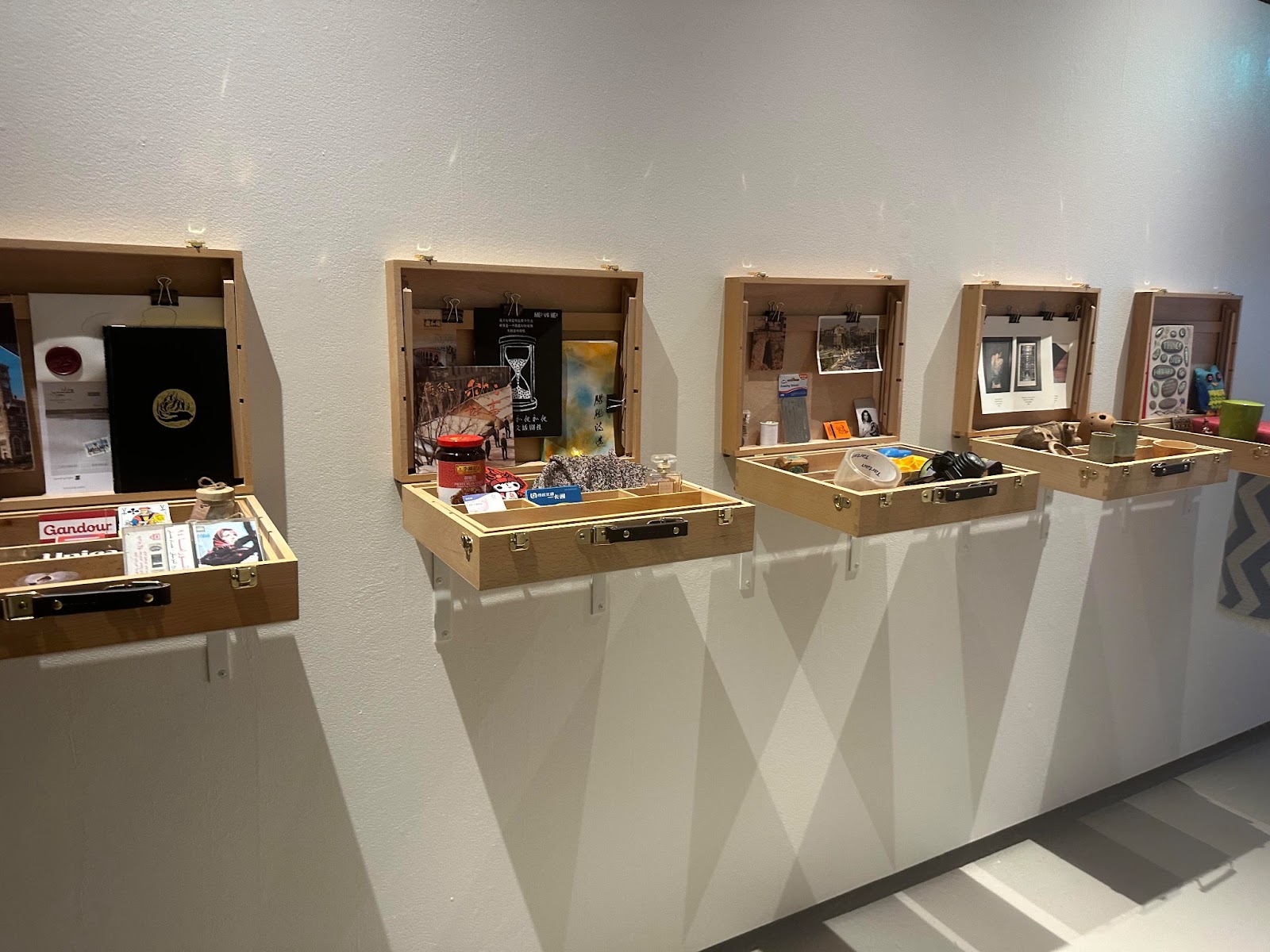Exhibits at the Yale School of Architecture tell stories lost and found through world travel
The Yale School of Architecture presented Sir Issac Julien’s immersive film installation, “A Marvelous Entanglement,” on the late Italian architect Lina Bo Bardi

Nicole Manning, Contributing Photographer
Drums and chanting ensue. Then, dance performances by Brazilian troupes and archival footage stream on the installation’s nine screens. Spectators are thrown into the world of architect Lina Bo Bardi and her brutalist architecture, characterized by its rough style and designs.
“A Marvelous Entanglement” is open from Aug. 24 through Dec. 10, 2023 in the Yale Architecture Gallery. This installation, which Sir Isaac Julien created in 2019, has appeared at several other museums and galleries before Yale.
Julien strives to adjust the installation to each space. He has worked with the Yale Center for British Art before, on the exhibit “Migrating Worlds: The Art of the Moving Image in Britain,” which was dedicated to the concept of the moving image.
“A Marvelous Entanglement” is a nonlinear narrative that brings together stories, ideas, history and accounts that reflect on Italian architect Lina Bo Bardi’s life, her architecture and how she has become embedded in the culture of her adopted country of Brazil.
“One of the important things about the exhibit is that your sense of time and space becomes very complex, it’s entangled and you don’t quite always know where to look,” said Andrew Benner ARC ’03, who is the director of exhibitions and senior critic at the Yale School of Architecture. “I think it consumes you in this sense that you’re simultaneously experiencing different timelines.”
The exhibit was a nod to Bo Bardi’s rulebreaking styles, more than a recording of different snapshots of Bo Bardi’s life. She often questioned the rigid structures of “time” in her works, finding escape in more formless, non-traditional designs and repurposing of existing architecture, the exhibit pamphlet said.
It is a collaboration between YCBA and the Yale School of Architecture. Co-curators Benner and Rachel Stratton, Postdoctoral Research Associate at the YCBA, aimed to develop an “interdisciplinary” slate of programming that underscored the significance and messages behind Bo Bardi’s architecture. Benner added that Bo Bardi’s brutalist style was amplified by the brutalist architecture of the Paul Rudolph Hall of the Yale School of Architecture.
Benner emphasized how the YCBA brought a lot of programming and student engagement opportunities to the Yale School of Architecture to create a space for Yale and the New Haven community.
Julien first encountered Bo Bardi in 2012 when his work was being exhibited at the São Paulo Museum of Art, which Bo Bardi had designed. His interest in exploring the African Diaspora through his art and filmmaking was partly inspired by learning about Bo Bardi’s engagement with the Afro-Caribbean community in El Salvador, according to the pamphlet.
“One aspect of both Julien’s film and Bo Bardi’s architecture is that they draw our attention to the buildings we interact with every day, and how those spaces intertwine with personal and communal memories and history,” said Kristin Dwyer, head of communications and marketing at the YCBA.
Dwyer added that Bo Bardi paid particular attention to the role that architecture played in cultural divisions in Brazilian cities, and that major political and civic events, such as Brazil’s 1964 military coup, also found their way into her work.
Next to “A Marvelous Entanglement” is another exhibit in the North Gallery of the Yale School of Architecture that also embodied the values of world travel and migration.
“Building a Collective Archive: A Yale Traveler’s Mnemosyne” is a curatorial project of personal items from members of the Yale community that allows students and staff alike to reflect on how their travel informs, produces and expands their creative experiences. The items were placed in suitcases that dotted the exhibit.
The exhibit was co-curated by Alberto Martinez García ARC ’24, architect and Yale La Caixa Fellow, and Gabriel Hernández, Fulbright Scholar at the Yale School of Architecture. They worked with 18 students, staff and professors across the Yale School of Architecture to represent architectural and nanoarchitecture references.
“Most of us come from somewhere else, and we’re spending some time in New Haven,” Hernández said. “This idea of the collective is very personal and something that each visitor in some way can relate too. It is also the generosity of the participants because they are exposing themselves, exposing values that are personal, bringing them in a public space.”
Through coffee chats and getting to know each of the participants, Hernández and García said they experienced a powerful transformation in the way they interacted with archives themselves, from artifacts of history to pieces with actual personal nuances.
Both exhibits were a nod to the emotions and learned experiences that come with traveling to different parts of the world and calling a new place home.
“Linear time is a Western invention; time is not linear, it is a marvelous entanglement, where at
any moment points can be chosen and solutions invented without beginning or end,” said an actress playing an older Bo Bardi repeats as a film installation in “A Marvelous Entanglement” comes to an end.
The Yale School of Architecture is located at 180 York St.







